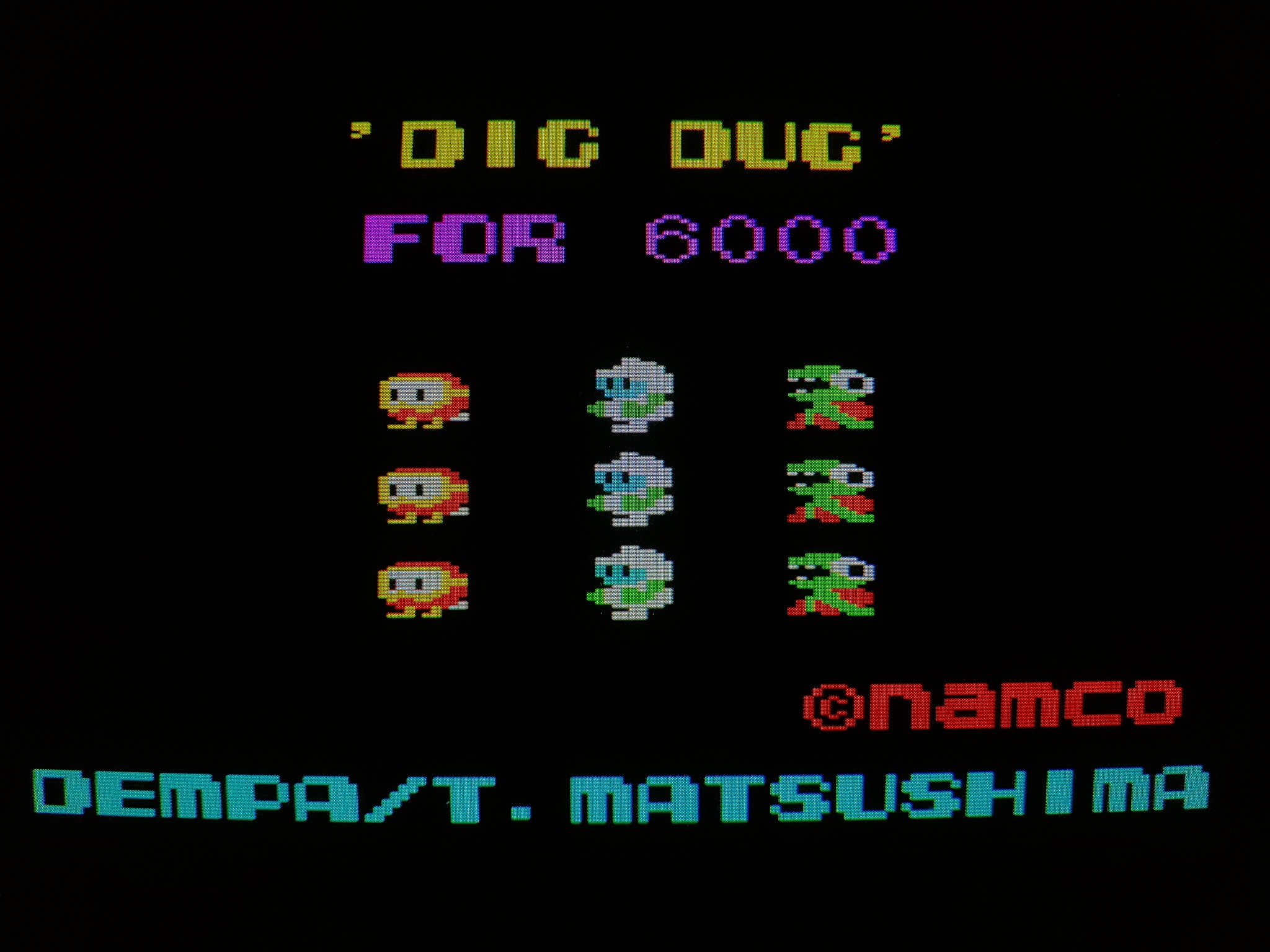This is another system I had initially decided I didn’t want to get. As I mentioned before, I didn’t want the NEC PC-6001, because I’d tried the PC-6601SR, which was supposedly the top of the top of the PC60/66 group, and I wasn’t especially interested in it (although in retrospect, I could have tried harder). But the quirkiness and frankly the cheapness of the PC-6001 won me over. All of the cost-saving measures they put into the machine made it a unique experience. Despite, or perhaps because of, its ugly green background and peculiarly designed keyboard, I ended up liking it quite a bit.
The reason I didn’t want this machine, the PC-6001mkII, was that I saw it as making the original PC-6001 redundant. Why bother having the original if I have the mkII, which can do everything the original can do, do it better, and do much more? I didn’t want to phase out my quirky little 6001. But I ran into an incredible deal on the mkII, essentially free as an extra item in the Mercari listing where I got my Oasys. And ultimately this PC-6001mkII did push out the original once I started running low on room. But I’ve found this solution satisfying.
So here’s the PC-6001mkII, a slick device that offers an improved typing and text-displaying experience over the original, with quadruple the memory (64KB). The keyboard is much more like a standard keyboard, with full key travel and more responsive typing. In BASIC, hazy light green on dark green (or light orange on dark orange) is replaced with white on black, and you can customize your text/background colors to your liking. Thanks to the big memory bump, it can generally run much more sophisticated games. It boasts an excellent port of Dig Dug, one of the nicest versions I’ve seen yet.
When you turn on the device, you have five options to choose from. The first two are N60BASIC (16KB or 32KB), the next two are N60 Extended BASIC (16KB or 32KB) and the final is N60m BASIC (64KB). The 16KB options are simulations of the original machine, and the 32KB options are simulations of the original machine with the 16KB memory expansion cartridge plugged in. I believe the last option is the “native” mode of this machine.
Not only is the display over composite improved, but the mkII also offers the option to display over digital RGB. This results in a huge increase in clarity, but also led to inaccurate color output. Look at the pictures of Dig Dug. The colors are as they should be in composite, where each score in the high score chart is a distinct color, and the bottom layer of dirt and the rocks are brown. But using digital RGB, there is color overlap in the high score chart, and the dirt and rocks that should be brown are magenta.
But when it comes to text-based applications, digital-RGB is the clear-cut winner. Fortunately, my PC-TV455 has both composite and digital RGB inputs, so switching back and forth is not much work at all. I assume it is clear based on the descriptions, but just to make sure, in all pairs of photos in the group above and below, composite is on the left, and digital RGB is on the right.
Using this machine, I also learned an important technique in vintage computing – loading programs by playing back .wav files on my smartphone. Just put the white connector from my CMT cable into my headphone jack, tell it to load on the computer, and press play in a .wav file playing sound application. Actually, the hardest thing was finding something that played .wav files without throwing ads at me. But Google Play Music does this okay. So I have a decent library of software I can play on this machine.


















